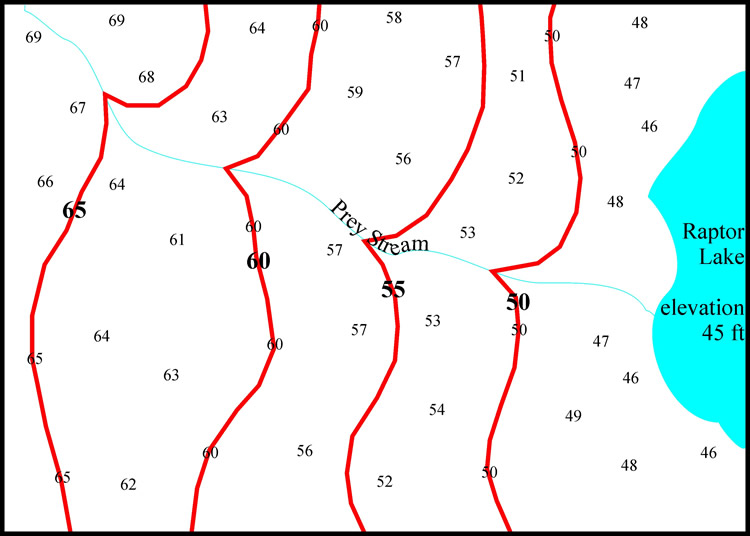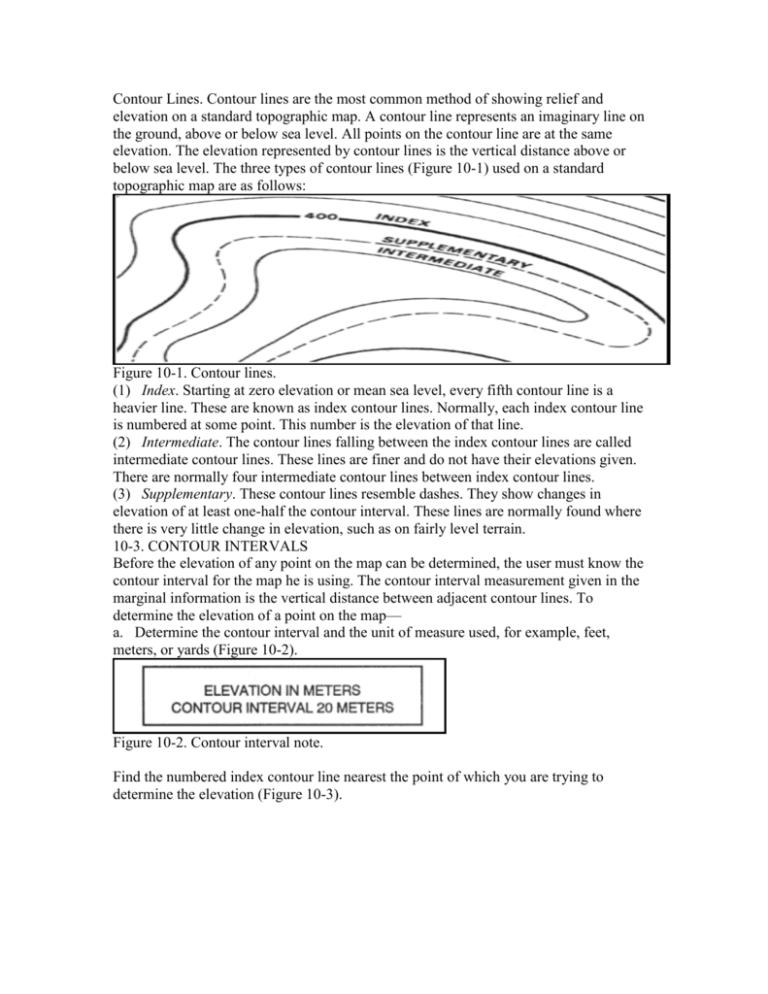

Some theorists even believe that there can be no universal definition of music because it is so culturally specific.Īlthough we may find it hard to imagine, many cultures, such as those found in the countries of Africa or among some indigenous groups, don’t have a word for music. Ethnomusicologist John Blacking declares that “we can go further to say that music is sound that is humanly patterned or organized” (1973), covering all of the bases with a very broad stroke. As musicologist Charles Seeger notes, “Music is a system of communication involving structured sounds produced by members of a community that communicate with other members” (1992, p.89). There are also the social aspects of music to consider.


Definitions range from practical and theoretical (the Greeks, for example, defined music as “tones ordered horizontally as melodies and vertically as harmony”) to quite philosophical (according to philosopher Jacques Attali, music is a sonoric event between noise and silence, and according to Heidegger, music is something in which truth has set itself to work). If we look at music in different parts of the world, we find even more variations and ideas about what music is. “Music” is one of the most difficult terms to define, partially because beliefs about music have changed dramatically over time just in Western culture alone. The second half gives a brief overview of music education and teaching in the U.S., which provides the foundation of the discipline for the book. Use the Store’s Map Locator, the “Find a Map” search function on the Store homepage, or the Keyword Search box at the top right of the Store homepage.Chapter Summary: The first half of this chapter attempts to define music as a subject and offers perspectives on music, including basic vocabulary and what you should know about music in order to incorporate it in your work with children. The online USGS Store is the only site for ordering paper topographic maps.
#Contour line lesson plans free
Maps are digitally delivered free of charge within five days of request.

Additional customization such as choice of file format and level of contour detail are also available. Exclusive to topoBuilder is the ability to center the map wherever you choose. OnDemand Topos resemble US Topos and utilize the best available data from The National Map at the time of request. Request OnDemand Topos using the topoBuilder application. This is the only USGS site for ordering paper maps.
#Contour line lesson plans download
Map Locator on the USGS Store - Search and download free digital maps in GeoPDF format or order paper maps.The National Map Download Client - Download digital Historical topographic maps (GeoPDF and GeoTIFF formats) and US Topos (GeoPDF format).File formats include GeoPDF, GeoTIFF, JPG, and KMZ. TopoView - The largest selection of digital options.Most applications have an option for toggling on map indexes that show an outline of all the maps, though you must zoom in to see the outlines: This includes both current US Topo maps (computer-generated every 3 years since 2009) and Historical topographic maps. For Alaska the standard scale is 1:25,000.Īll dates and all scales of our topographic maps can be freely downloaded or ordered at cost as paper prints. USGS topographic maps have been published at many scales, but 1:24,000 (also referred to as a 7.5-minute quadrangle) has been the standard topographic map scale since 1947. Geological Survey (USGS) has been the primary civilian mapping agency of the United States since 1879.


 0 kommentar(er)
0 kommentar(er)
